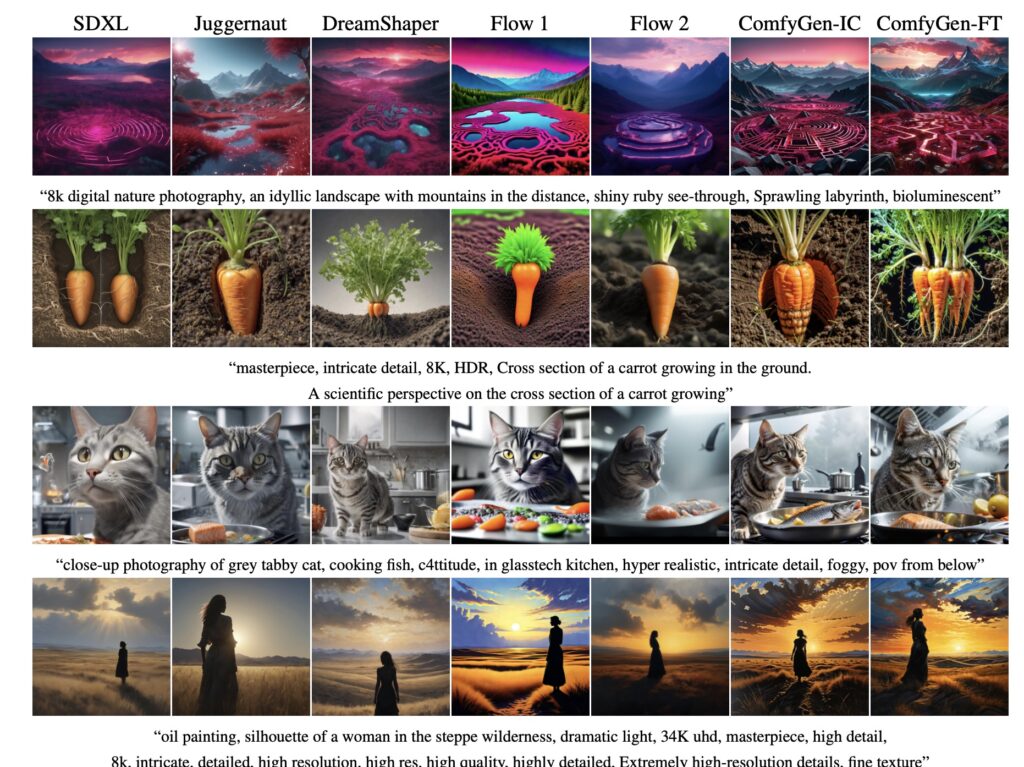Nvidia’s Latest Innovation Empowers Users to Create Stunning Visuals Tailored to Their Prompts
- Prompt-Dependent Workflows: ComfyGen introduces the novel task of prompt-adaptive workflow generation, enabling the automatic customization of workflows to enhance image quality according to specific user instructions.
- Two Powerful Approaches: The framework leverages two distinct methods—one based on fine-tuning user preference data and the other using large language models (LLMs) to select existing workflows—resulting in superior image quality compared to traditional methods.
- Future Possibilities: While currently focused on text-to-image workflows, ComfyGen sets the stage for potential expansions into more complex editing tasks and multimedia content creation, making it a versatile tool for creatives.
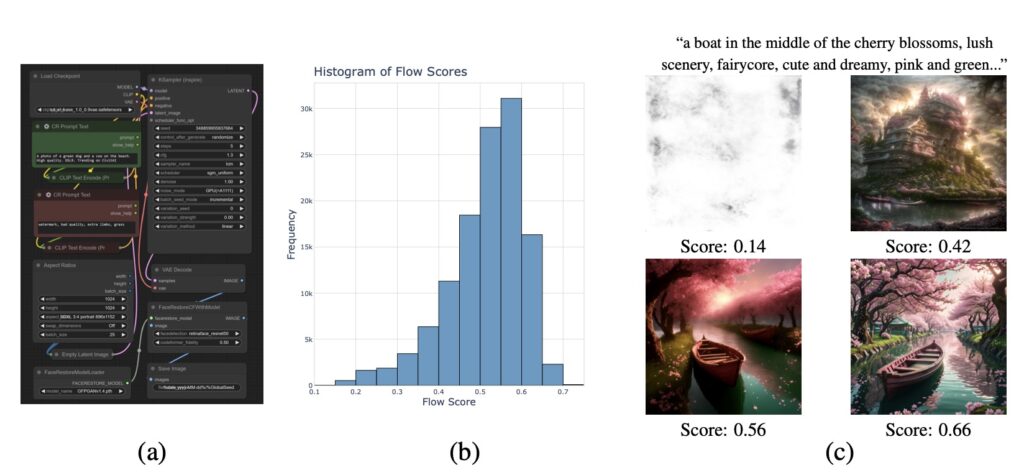
The field of text-to-image generation has evolved significantly, moving from simplistic models to complex workflows that combine various specialized components. Recognizing the challenges posed by this complexity, Nvidia has unveiled ComfyGen, a system designed to optimize these workflows based on individual user prompts. This advancement not only enhances image quality but also democratizes access to sophisticated image generation techniques, allowing users to achieve remarkable results without needing extensive expertise.
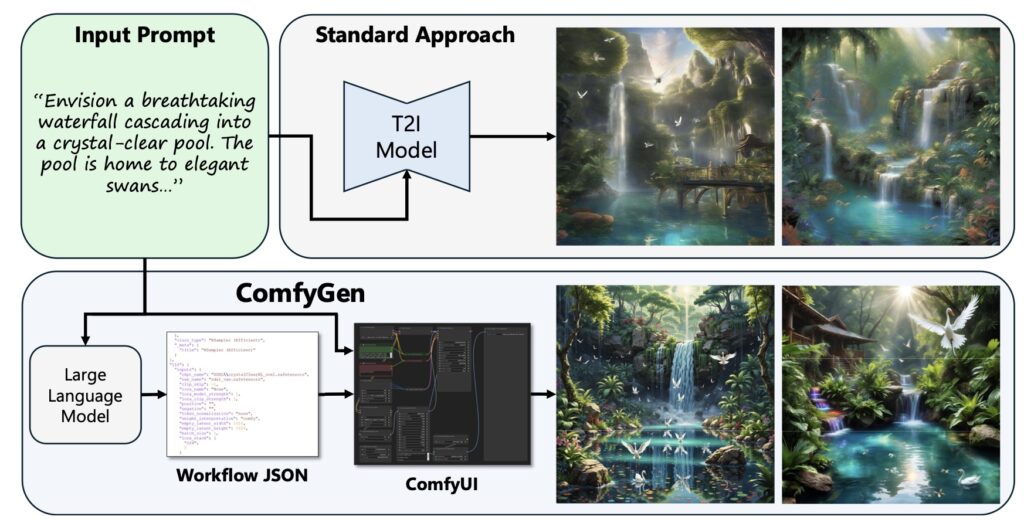
At the core of ComfyGen is the idea that effective workflows must be tailored to the specific requirements of each prompt. By analyzing user input, the system can automatically select the most appropriate components from a rich library of tools. For instance, workflows intended to replicate nature photography might leverage models specifically fine-tuned for photorealism, while those focused on human figures can incorporate elements to address common issues like anatomical inaccuracies. This adaptive approach leads to significantly better outcomes than fixed models or generic workflows.
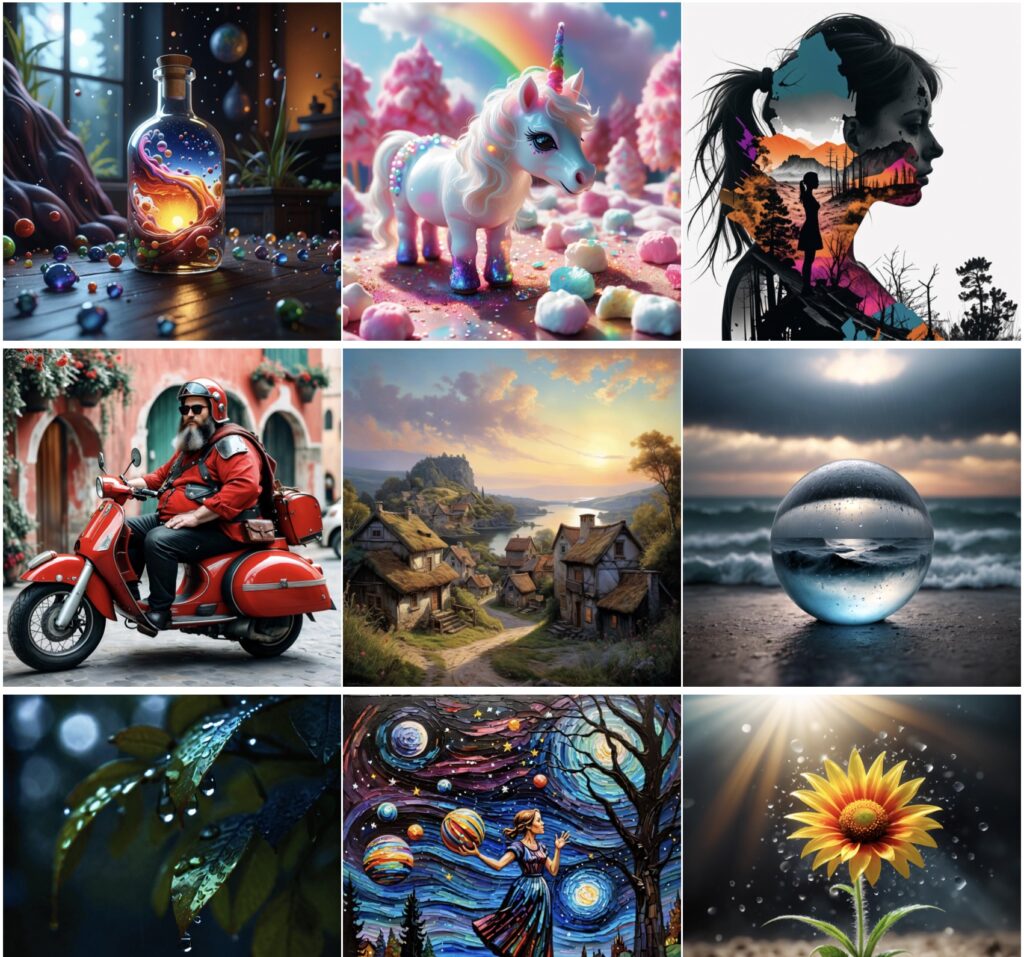
ComfyGen employs two main strategies to generate these adaptive workflows. The first method involves a tuning-based approach that learns from user-preference data, allowing the system to create workflows that resonate with the user’s specific needs. The second method is training-free and relies on LLMs to evaluate existing workflows and choose the best fit for the prompt. Both methods demonstrate improved performance over traditional monolithic models, showcasing how prompt-specific flow prediction can enhance the quality of generated images.

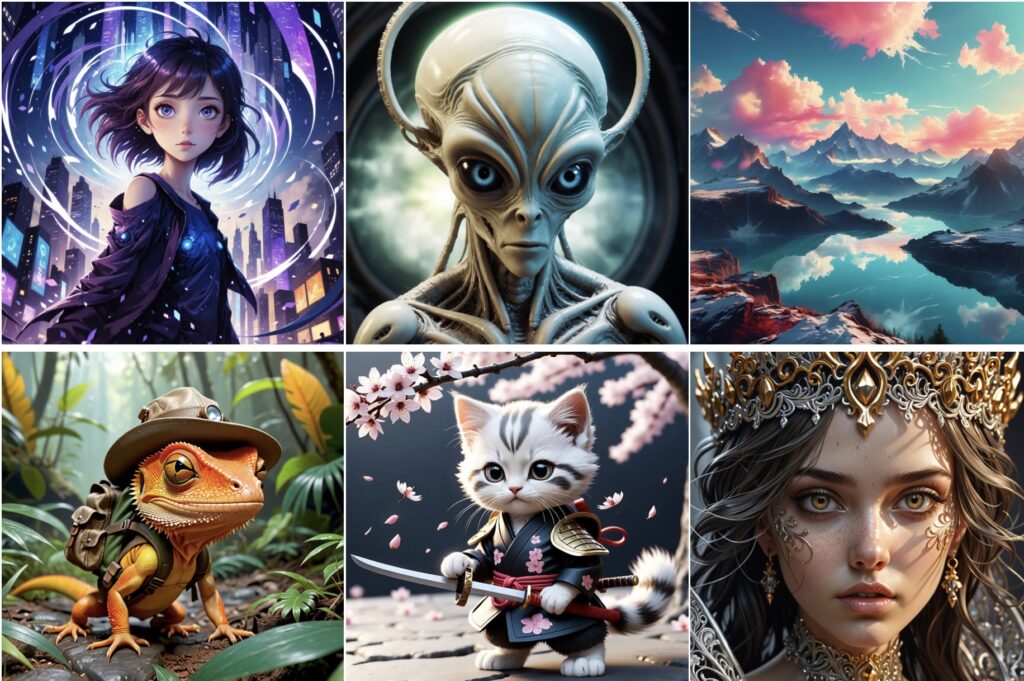
Despite its strengths, ComfyGen is not without limitations. The current implementation is focused exclusively on text-to-image workflows, and there are challenges in adapting to new components as they become available. Additionally, generating images using a large number of workflows can be computationally intensive, often requiring significant GPU time. Future iterations of ComfyGen may look to address these issues by integrating more efficient computational strategies or exploring advanced retrieval-based methods.
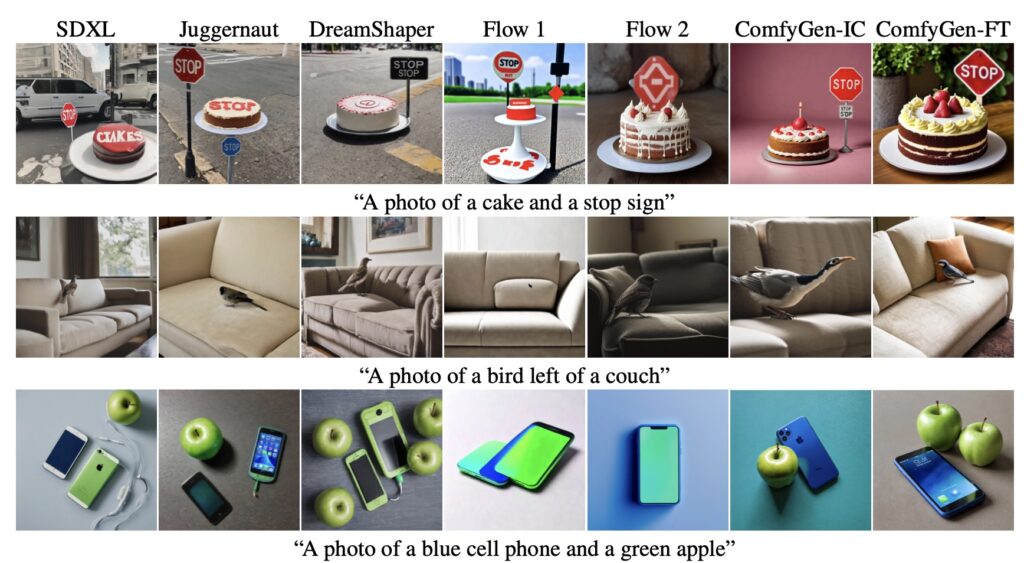
The potential for ComfyGen extends beyond simple image generation. As Nvidia continues to develop this technology, there are opportunities to expand its capabilities into more complex editing tasks and even video-related projects. By collaborating with language models to refine workflow creation, non-expert users may find themselves empowered to push the boundaries of digital content creation even further. This could lead to a future where creativity is not just limited to those with specialized skills but is accessible to anyone with a vision.
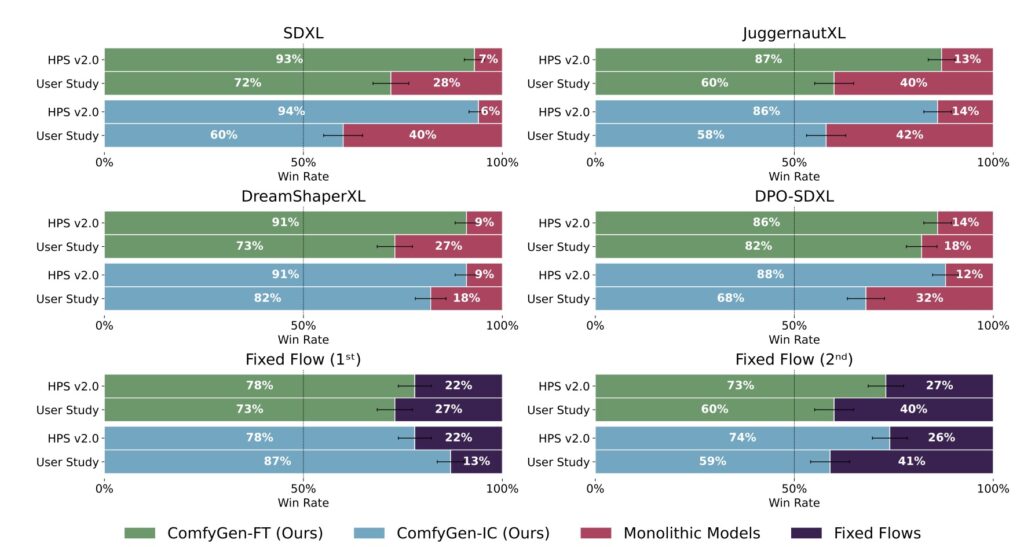
ComfyGen represents a significant advancement in the realm of text-to-image generation, bringing together the power of adaptive workflows and user-centric design. By tailoring image generation processes to individual prompts, Nvidia is not only improving the quality of outputs but also making sophisticated creative tools accessible to a broader audience. As the landscape of digital content creation evolves, innovations like ComfyGen will play a crucial role in shaping the future of artistic expression and visual storytelling.
